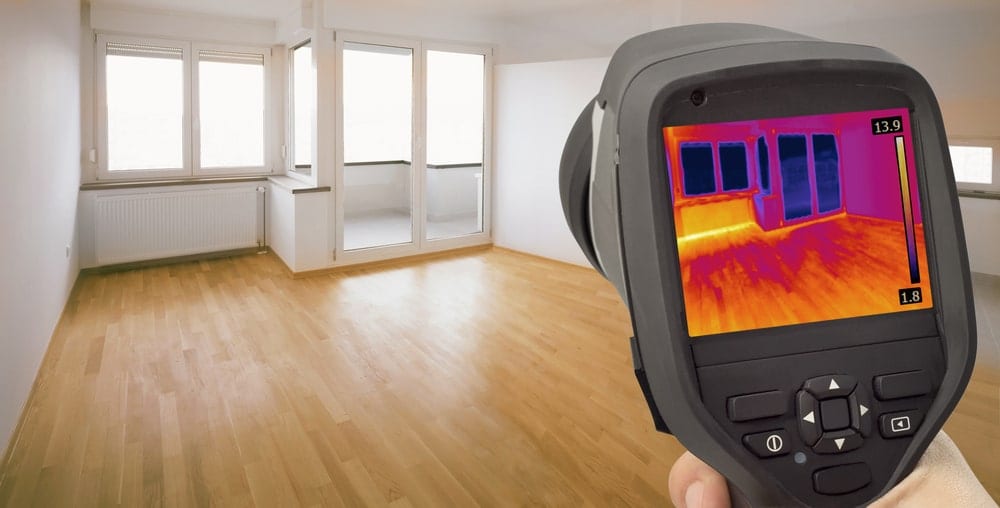Drone inspection, generally known as aerial inspection or unmanned aerial vehicle (UAV) inspection, identifies the usage of drones or UAVs to inspect and survey various objects, structures, or areas from the air. Drones equipped with cameras or sensors allow for efficient and cost-effective inspections of areas which may be difficult to access or require a broader perspective. Here's an overview of drone inspection:
Equipment: Drones used for inspection purposes include cameras, sensors, or other specialized equipment depending on the specific inspection requirements. These may include high-resolution cameras, thermal cameras, LiDAR (Light Detection and Ranging) sensors, or gas detectors, among others.
Planning: Before conducting a drone inspection, an intensive inspection plan is developed. This calls for identifying the precise areas or structures to be inspected, establishing flight paths, considering any airspace restrictions or regulations, and ensuring the necessary permissions or permits are obtained if required.
Flight Execution: After the planning is complete, the drone operator conducts the inspection flight. Condo Inspector is flown on the designated areas or structures, capturing images, videos, or data in real-time. The operator might use pre-programmed flight paths or manually control the drone to make sure optimal coverage and data collection.
Data Collection: Drones capture visual imagery or sensor data during the flight. The collected data depends on the purpose of the inspection. For example, visual inspections may involve capturing high-resolution images or videos for close-up examination, while thermal inspections may concentrate on capturing temperature variations or anomalies in a structure. LiDAR-equipped drones can generate precise 3D models of the inspected area.
Analysis: The collected data is analyzed and interpreted by trained professionals. This might involve identifying structural issues, assessing the condition of assets, detecting anomalies or damage, or evaluating environmental factors. Advanced software tools and image processing techniques may be used to enhance and analyze the captured data.
Reporting: The inspection findings are compiled into a report, which includes relevant visuals, annotations, measurements, and recommendations. The report could be shared with stakeholders such as for example home owners, engineers, maintenance teams, or insurance companies.

Drone inspection offers several advantages over traditional inspection methods, including:
Safety: Drones eliminate or reduce the need for personnel to access hazardous or hard-to-reach areas, minimizing risks to human safety.
Cost and time efficiency: Drones can quickly cover large areas or structures in a fraction of the time compared to manual inspections. This may lead to significant cost benefits and reduced downtime.
Accessibility: Drones can access areas which are difficult or dangerous for humans to reach, such as tall structures, rooftops, or areas with limited access points.
Data accuracy and detail: Drones equipped with high-resolution cameras or specialized sensors can capture detailed visual or sensor data, providing a thorough view of the inspected area.
Monitoring and documentation: Regular drone inspections can be utilized for monitoring changes as time passes, identifying trends, and maintaining a historical record of inspections for comparison or analysis purposes.
It's important to note that drone inspections should be conducted by trained and licensed operators who adhere to local regulations and safety guidelines. Additionally, the info collected by drones ought to be analyzed and interpreted by professionals with the correct expertise to ensure accurate and reliable results.
